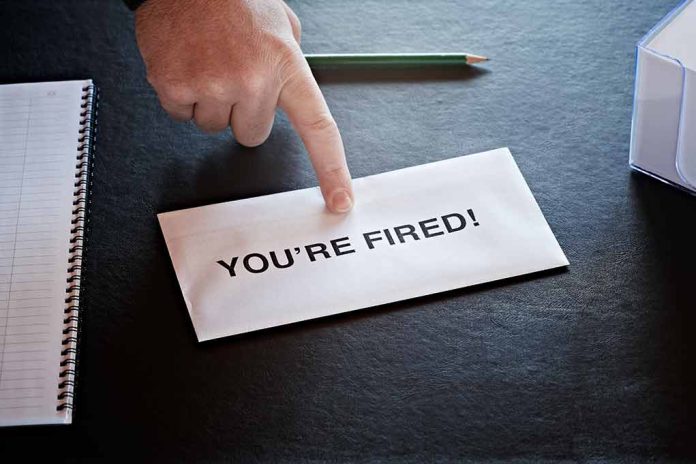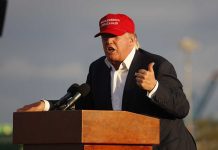
President Donald J. Trump orders the dismissal of all Biden-era U.S. Attorneys, citing the need to restore confidence in the justice system.
Top Takeaways
- Trump directs the Justice Department to fire all U.S. attorneys appointed during the Biden administration.
- The decision aims to address perceived politicization of the Department of Justice.
- Terminating U.S. attorneys from previous administrations is generally standard procedure, though typically done through resignation requests.
- Trump’s move sparks debate about its implications for justice reform and political neutrality.
- The situation remains fluid, with potential for further developments and reactions.
Trump’s Bold Move to “Clean House”
In a decisive action that has sent ripples through the political landscape, President Donald J. Trump has ordered the termination of all U.S. Attorneys appointed during the Biden administration. The announcement, made on Trump’s Truth Social platform, underscores his perception of the politicization of the Department of Justice.
Trump’s declaration was unequivocal in its intent and urgency. He wrote, “Over the past four years, the Department of Justice has been politicized like never before. Therefore, I have instructed the termination of ALL remaining ‘Biden Era’ U.S. Attorneys. We must ‘clean house’ IMMEDIATELY, and restore confidence. America’s Golden Age must have a fair Justice System – THAT BEGINS TODAY!”
Standard Procedure or Unprecedented Action?
While it is not uncommon for incoming administrations to replace U.S. Attorneys appointed by their predecessors, Trump’s approach has raised eyebrows. Typically, new administrations request resignations rather than issuing outright termination letters. This more forceful stance aligns with Trump’s campaign promise to swiftly address what he views as systemic issues within the justice system.
The move is reminiscent of Trump’s earlier actions when he dismissed several federal prosecutors involved in cases against him shortly after taking office. Critics argue that such dismissals could be seen as attempts to interfere with ongoing investigations, while supporters maintain that it’s a necessary step to ensure impartiality and efficiency within the Department of Justice.
Democrats and the media will throw a fit over this but it is normal. Every administration does this. https://t.co/1O1q6KJLjg
— Ryan Saavedra (@RealSaavedra) February 19, 2025
Implications for Ongoing Cases
The sweeping nature of Trump’s order has immediate implications for several high-profile cases. Of particular note is the corruption case against New York City Mayor Eric Adams, which Trump ordered the DOJ to drop. This directive led to the resignation of acting U.S. Attorney Danielle Sassoon and five other staffers, with Sassoon accusing the Justice Department of engaging in a “quid pro quo.”
This development has fueled debates about the separation of powers and the independence of the judiciary. Supporters of Trump’s action argue that it’s a necessary step to prevent what he termed “holdover cancer” from his first presidency, while detractors view it as a potential threat to ongoing investigations and the rule of law.
Looking Ahead: Potential Reactions and Consequences
As news of Trump’s directive spreads, political analysts anticipate strong reactions from various quarters. The media and Democratic opposition are expected to scrutinize this move closely.
The coming weeks will likely see intense debate over the long-term implications of this decision for political neutrality within the Department of Justice. As the situation continues to unfold, all eyes will be on the administration’s next steps and the response from legal professionals, politicians, and the public at large.






















